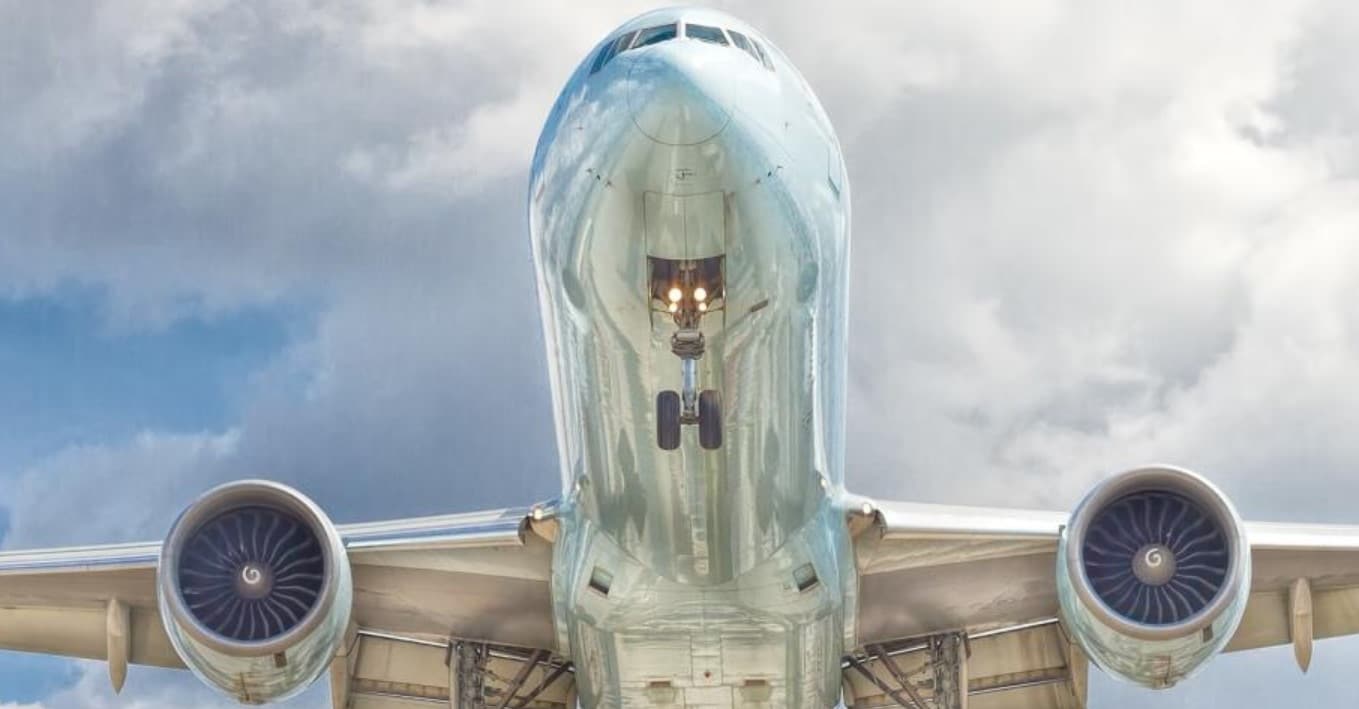The International Air Transport Association (IATA) has launched the 2024 edition of its World Air Transport Statistics (WATS) report, providing a comprehensive overview of the global airline industry.
Updated annually with data from over 240 international airlines, the WATS database covers key metrics on demand, supply, and performance.
The report offers a detailed breakdown of scheduled passenger and cargo traffic demand and capacity, a review of the global airline fleet, and information on the busiest airport pairs.
It also provides an in-depth analysis of the financial health of the industry, including operating costs, revenue, aircraft utilisation, and airline employment figures.
One of the report’s key findings highlights strong growth in international premium class travel, which includes business and first class.
International premium class travel grew by 11.8 per cent in 2024, slightly outpacing global economy travel, which grew by 11.5 per cent.
The total number of international premium class travellers reached 116.9 million, accounting for 6 per cent of total international passengers.
The Asia Pacific region led in percentage growth for premium travel, with a year-on-year increase of 22.8 per cent and 21 million premium passengers.
However, economy class passenger numbers in the region grew faster, rising 28.6 per cent to 500.8 million.
In Europe, Latin America, the Middle East, and North America, growth in premium travel also exceeded that of economy class travel.
Europe remained the largest market for international premium travel, with 39.3 million premium passengers.
Meanwhile, the Middle East had the highest proportion of premium travellers relative to total passengers, with 14.7 per cent.
The report revealed that Asia Pacific dominated the ranking of the world’s busiest airport pairs.
Jeju to Seoul (CJU-GMP) was the world’s most popular route in 2024, with 13.2 million passengers flying between the two airports.
In the top ten busiest airport pairs, only one route was outside the Asia Pacific region, which was the one from Jeddah to Riyadh (JED-RUH).
In Latin America, the busiest route was Bogota to Medellin (BOG-MDE), carrying 3.8 million passengers.
Africa’s busiest route was Cape Town to Johannesburg (CPT-JNB), with 3.3 million passengers.
In North America, the busiest route was New York John F. Kennedy to Los Angeles (JFK-LAX), with 2.2 million passengers.
Within Europe, the busiest route was Barcelona to Palma de Mallorca (BCN-PMI), with 2 million passengers.
The report also highlighted the most used aircraft in 2024, with narrowbody models from Boeing and Airbus leading the way.
Boeing 737 aircraft, including all variants, completed 10 million flights and logged 2.4 trillion Available Seat Kilometres (ASKs).
This was followed by the Airbus A320, which flew 7.9 million flights with 1.7 trillion ASKs.
The Airbus A321 also featured prominently, with 3.4 million flights and 1.1 trillion ASKs.
Regarding passenger markets, the United States remains the world’s largest aviation market, with 876 million passengers in 2024.
The US domestic market continues to drive this figure, which grew by 5.2 per cent year-on-year.
China was the second-largest passenger market, with 741 million passengers and growth of 18.7 per cent compared to 2023.







Click here to change your cookie preferences